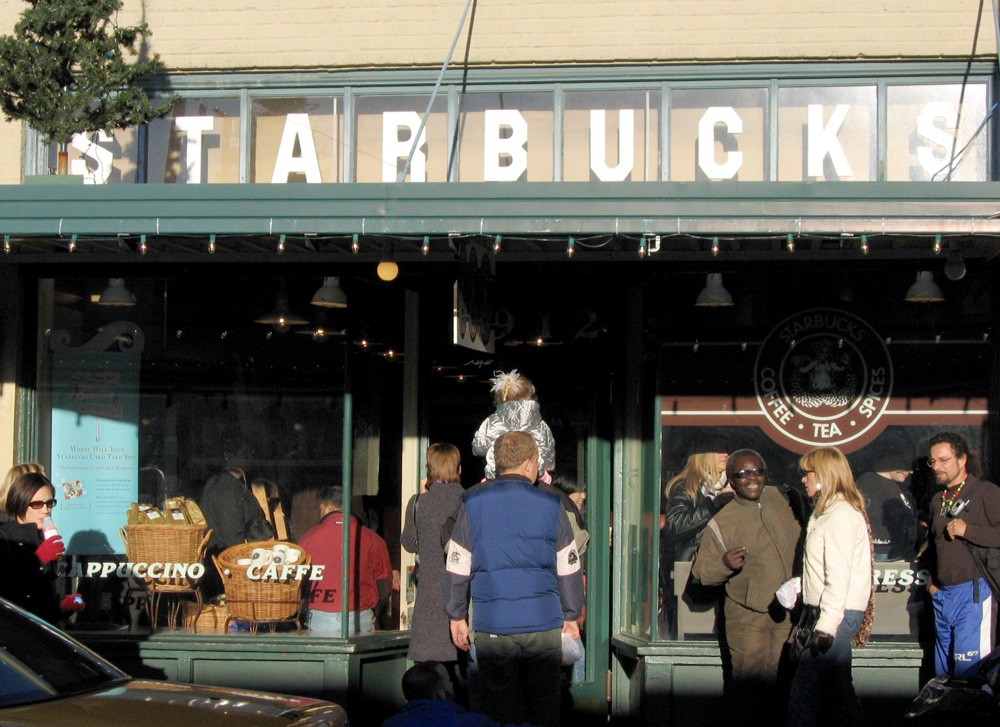Blind Dollar Cost Averaging Variations Drip March 21 2000
Post on: 16 Март, 2015 No Comment

Last week we looked at Dollar Cost Averaging and saw how it allowed us to reduce risk. Blind Dollar Cost Averaging is simply a means of putting things on autopilot by setting up an Automated Clearing House (ACH) with the transfer agent. This means that the same dollar amount will be used for purchase each month and that amount will be automatically transferred from one’s bank account to the agent.
The variations on this come through the choice of making purchases on a schedule that varies from the typical monthly routine. There are very few transfer agents that allow for ACH in timeframes other than monthly (except, of course, for companies that allow only quarterly purchases). Therefore, varying your investment schedule would need to be done manually, or set up through one of the Pseudo-Drip companies.
I have mentioned on the discussion boards that the less frequently one makes their regular purchases, the greater they open themselves to risk. I have never quantified this, and this week I will begin my attempt to do so.
This idea needs quantification because a common method of dealing with Drip fees is for one to save their money until they can make a large purchase. For most fee-laden Drips, the larger the purchase, the smaller the percentage paid to fulfill fee obligations.
My problem came in determining how to quantify this. The initial idea was to use the beta of the stock. Beta is a measure of how a particular stock’s price moves relative to the market as a whole, and there are some pretty sophisticated formulas to calculate this number. However, this value is relative to the market, and I was looking for something apart from that. Anyway, this value is usually measured over a five-year timeframe and is not readily available for differing periods of time.
Therefore, I decided to start by looking at the way we make our typical Drip purchases. In doing so, we send purchase money to the transfer agent, where it remains until purchase. On the day of the purchase, the money is released and a certain amount of stock is transferred to the shareowner.
In this scenario, we can think of the way that this is done as blind because we have no idea as to the price at which we will make the purchase. Depending upon the plan, all shares could be purchased on a single day, reflecting that day’s cost, or the purchase price could be determined by the company’s purchase over a period of time. Either way, there could be a great variation in the possible price during the month in which the stock is purchased.

I decided that a good way to examine the volatility (risk) would be to look at a comparison between the high and low price over a specified period of time. If I blindly purchase within a certain range then the variation between the high and low price would indicate the risk to which I was exposing myself.
For instance, during the month of December 1999, Coca-Cola’s (NYSE: KO) low for the month was $58 1/16 and the high was $69. The latter price is 18.8% higher than the former. Therefore, blindly making a purchase during that period of time would have opened you up to the possibility of paying anywhere within that 18.8% range. The wider the range of prices, the higher the volatility and presumably the greater the associated risk.
The next step is to select some companies and look at how this risk factor changes over several different timeframes. I’ll do this next week and we’ll look at some numbers. To discuss this column, please visit us on the boards linked below.














